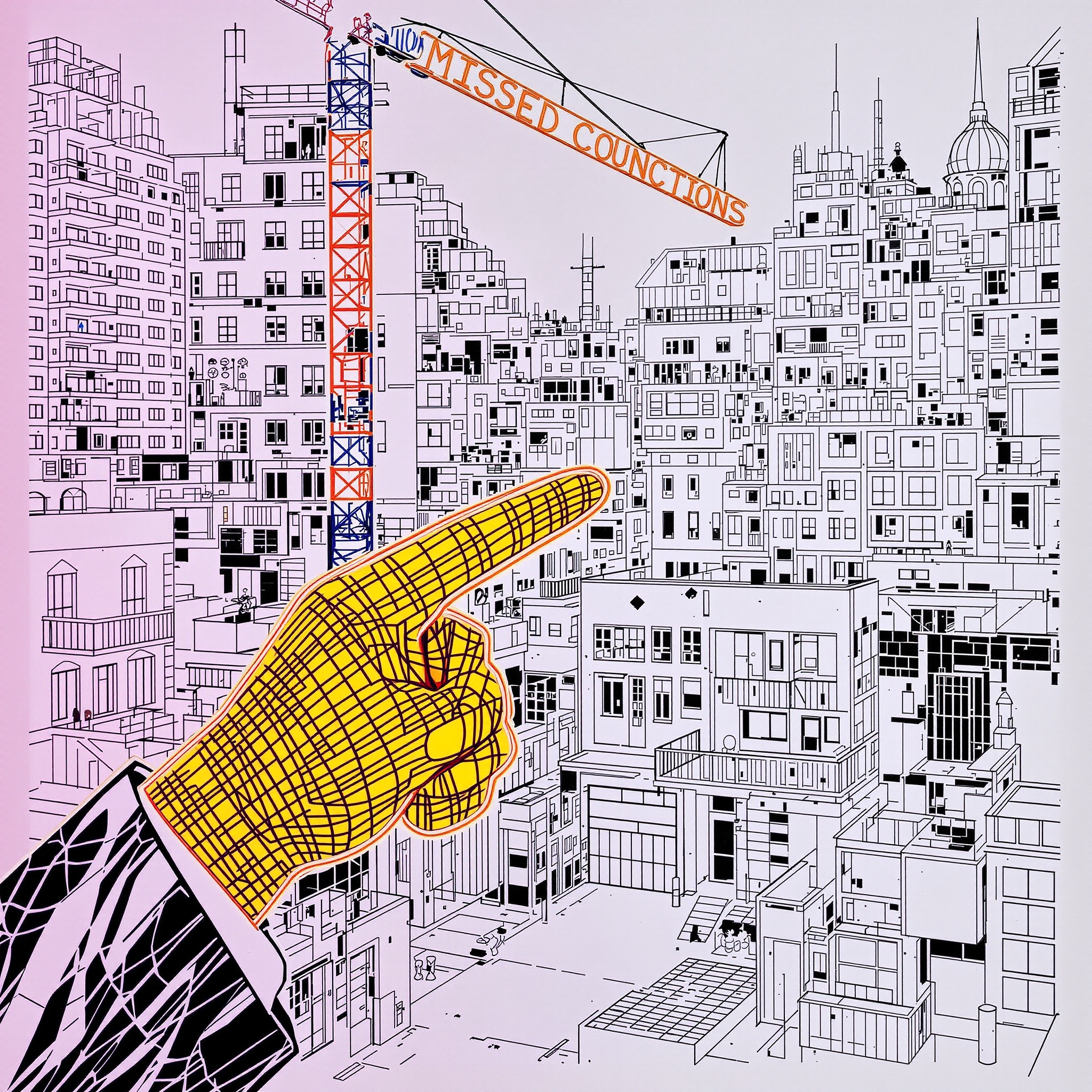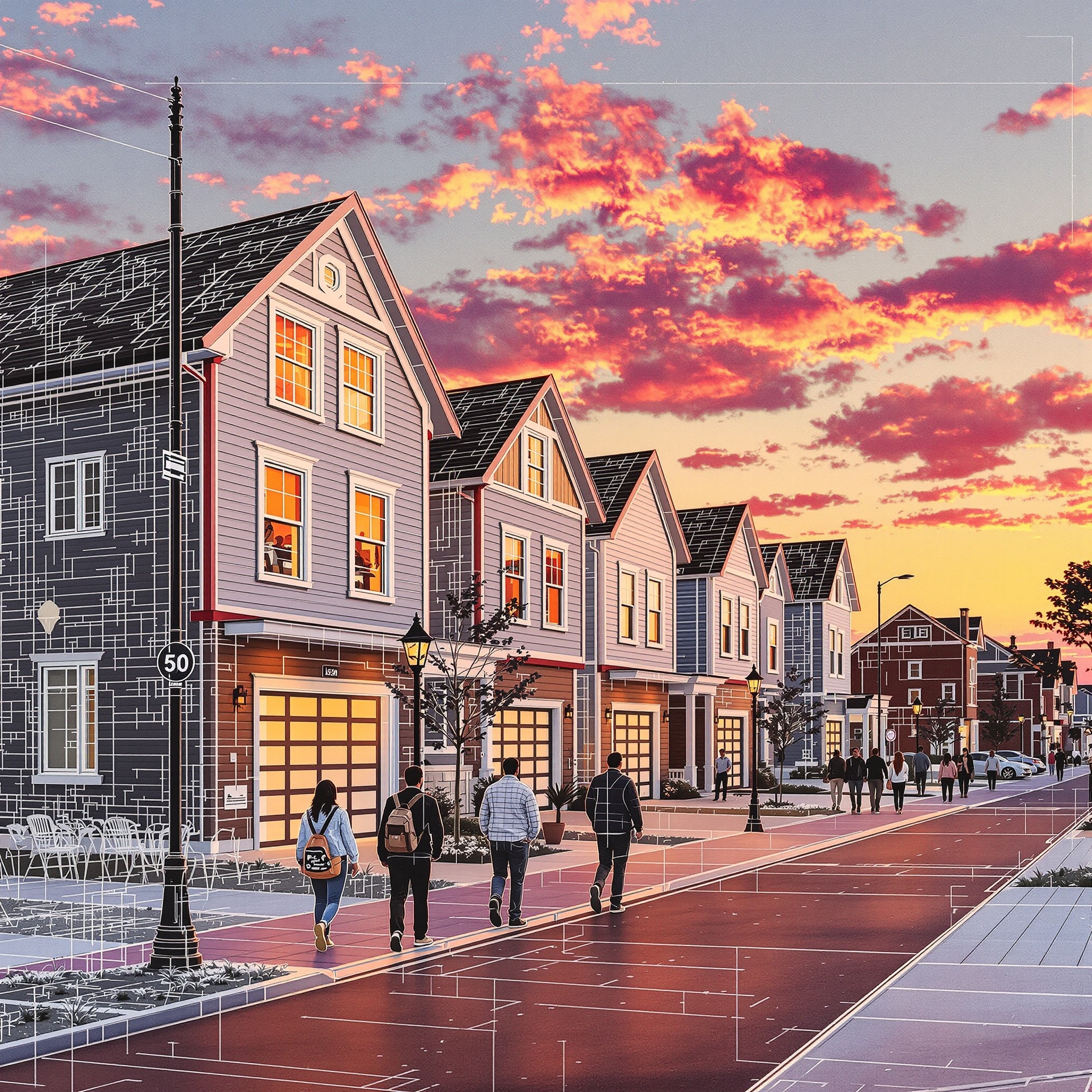Ask any sales or customer care manager what floods their inbox during occupancy, and the answer is predictable: anxious emails from buyers asking for updates. The reason is rarely that the project has gone off the rails. More often, it’s that communication has lagged — or worse, disappeared.
In Ontario’s residential market, silence doesn’t just create nervous homeowners. It creates reputational cracks, Tarion complaints, and strained relationships with purchasers who feel neglected. And while the construction may be solid, the brand perception isn’t. Developers can’t afford for their homes to say “quality” while their communications say “chaos.”
The Problem: Old Habits, High Costs
For years, builder–purchaser communication has relied on outdated habits:
Notices drafted in dense legal language.
Ad-hoc calls or emails sent when problems surface.
Long stretches of silence during “quiet” construction phases.
The costs of this approach are real. Buyers feel uncertain, lawyers step in, and service teams get overwhelmed by repetitive questions. What starts as a communication gap quickly becomes a reputational problem — and sometimes, a legal one.
The Shift: Homeowners Expect More
Today’s buyers bring new expectations. They’re used to Amazon updates, Uber tracking, and real-time notifications. When they invest six or seven figures in a home, they expect the same clarity. They don’t want to decipher industry jargon or chase answers — they want structured, professional updates that keep them informed and respected.
For developers, this shift is both a challenge and an opportunity. Yes, it demands better systems and discipline. But it also provides a low-cost way to stand apart in a crowded market.
The Solution: Communication as Strategy
Strong developers in Ontario are already reframing communication as strategy, not afterthought. Here’s what they’re doing differently:
Structured Updates
Instead of sporadic emails, purchasers receive a clear communication cadence — monthly or quarterly updates that track progress, highlight milestones, and reassure them during “quiet” phases.Plain Language
Key documents like APS summaries, Tarion timelines, and décor deadlines are translated into plain English. Buyers don’t want to feel like they’re reading case law.Branded Messaging
Communications carry the developer’s tone, visuals, and professionalism. Every email reinforces brand trust, not just project updates.Proactive FAQs
Anticipating questions — about deposits, occupancy, or warranties — reduces inbound call volume and shows purchasers that their needs have been considered.Cross-Team Integration
Communication systems are linked to purchaser databases, ensuring sales, construction, and customer care teams are all speaking the same language.
The Payoff: More Than Politeness
Some developers still dismiss structured communication as “extra.” But the payoffs are tangible and measurable:
Fewer Complaints: Clear communication reduces uncertainty and preempts disputes before they escalate.
Reduced Legal Exposure: Buyers who feel informed are less likely to seek legal recourse.
Stronger Reputations: Developers who communicate well are remembered as professional, transparent, and trustworthy — qualities that drive future sales.
Operational Efficiency: When fewer buyers are chasing answers, internal teams save hours every week.
In other words, communication is no longer a soft skill. It’s reputational risk management.
Case in Point: A Tale of Two Builders
Consider two Ontario projects that recently reached occupancy.
Builder A relied on legal notices and scattered updates. Buyers flooded sales offices with questions, some escalated to Tarion, and social media chatter turned negative. Even though the buildings were delivered on time, the developer left occupancy with reputational damage.
Builder B adopted a structured communication program. Buyers received branded monthly updates, clear décor instructions, and proactive reminders about occupancy deadlines. The PDI process felt professional, issues were logged digitally, and updates followed. The result: fewer disputes, smoother occupancy, and homeowners who became brand advocates.




